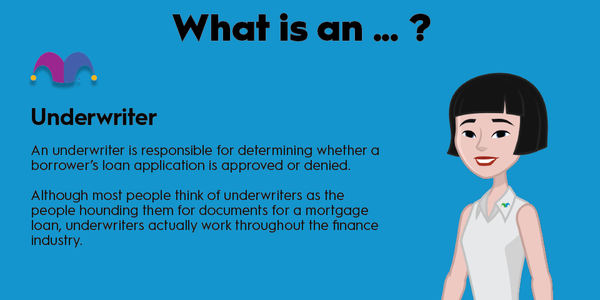There are a number of different ways that a fund manager can set up a management structure; one way is an umbrella fund.
The umbrella fund is one of the more complex ways to set up a fund, containing several smaller funds. It's worth understanding how this structure works.

Definition
What is an umbrella fund?
Umbrella funds are a type of investment fund that contains a range of sub-funds. The idea of the umbrella fund is that it allows the fund manager to diversify risk more easily than with a regular fund, as well as providing several options to investors within the larger fund.
How they work
How do umbrella funds work?
Umbrella funds are less popular than they used to be but can be useful for large fund managers and employers who don't have pension plans but want to establish a retirement fund.
The fund helps pool smaller investments into larger ones, which makes them easier and more cost-effective to manage and allows the fund to meet minimum limits that might apply to certain types of investments.
Mutual funds can also be umbrella funds. They sometimes operate like one to allow investors to transfer their money between sub-funds. Investors can also choose from multiple different funds and allocate their investments according to different risk tolerances and investment styles like emerging markets and dividend-paying stocks, for example.
The primary uses for umbrella funds are to pool retirement funds from multiple employers to save on costs or to be used by hedge funds, which manage several feeder funds through an umbrella fund.
Advantages
What are the advantages of umbrella funds?
Umbrella funds offer several advantages over traditional investment funds. The most immediate one is that umbrella funds can reduce trading and operating costs because the fund benefits from economies of scale. Similarly, the funds can also benefit from higher levels of service and better terms on transactions.
An umbrella fund can offer flexibility and a greater range of investment products, which can help investors stay within the same mutual fund rather than buying and selling and paying the associated transaction costs.
Additionally, umbrella funds make it easier for investment managers and advisors to manage the funds, follow the necessary rules, and ensure they're following their fiduciary duties.
Finally, umbrella funds also offer tax advantages since they're often taxed at a lower rate than stand-alone funds. Investors can sell stocks and move money around without incurring capital gains tax because the sub-funds are contained within the larger umbrella fund.
Some of the disadvantages of an umbrella fund include the complexity of setting it up and the fund manager's control over the master fund.
Related investing topics
Example
What is an example of an umbrella fund?
One example of an umbrella fund is the HSBC GH Fund. It's an open-ended umbrella fund that contains a range of sub-funds with different investment objectives and risk/reward balances.
The sub-funds are registered in Luxembourg, helping to protect investors from taxes.
The fund holds several other funds from well-known fund managers, including D.E. Shaw, Point 72, and BlackRock. It charges a 0.5% management fee and has a performance fee of 10% of the return exceeding the hurdle.
Additionally, the minimum investment required is $2.5 million.
The HSBC GH Fund isn't something you'd invest in directly, but if you're part of a retirement fund at your job, you might have access to an umbrella fund like this one.










